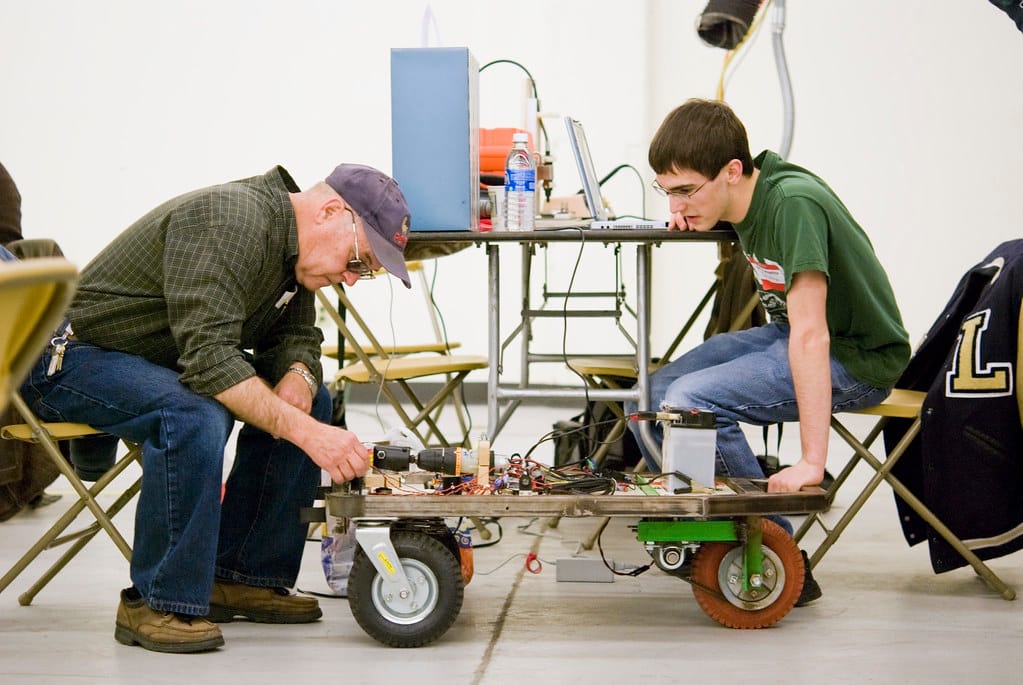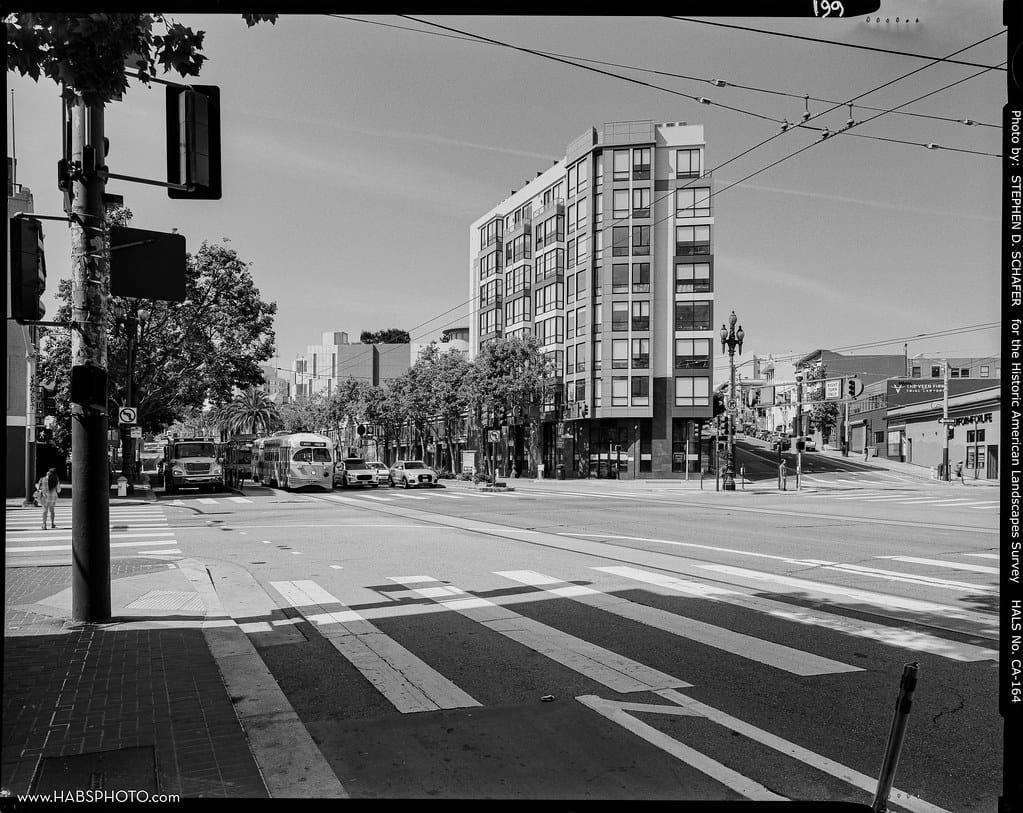Waymo's Autonomous Fleet Revs Up for NYC Return: What This Means for the Future of Urban Transportation
After a strategic pause, Alphabet's self-driving car subsidiary Waymo is gearing up to bring its robotaxi service back to the streets of New York City, marking a pivotal moment in the autonomous vehicle revolution. This development signals not just a comeback, but a bold statement about the maturation of self-driving technology in one of the world's most challenging urban environments.
The Big Apple's Autonomous Appetite
New York City represents the ultimate proving ground for autonomous vehicles. With over 8.3 million residents, complex traffic patterns, aggressive drivers, and unpredictable pedestrian behavior, the city presents challenges that make other testing locations seem like leisurely Sunday drives. Waymo's decision to return suggests the company believes its technology has evolved to handle the urban chaos that defines Manhattan, Brooklyn, and beyond.
The robotaxi service previously operated in NYC on a limited basis, but Waymo pulled back to refine its systems and address regulatory requirements. Now, with enhanced sensors, improved AI decision-making algorithms, and years of additional data from operations in Phoenix and San Francisco, the company appears ready to tackle the Big Apple once again.
Lessons Learned from Other Markets
Waymo's experience in Phoenix, where it launched the world's first commercial robotaxi service in 2020, provides valuable insights. The company has completed over 20 million autonomous miles across its various testing locations, with Phoenix alone accounting for millions of these miles. In San Francisco, where Waymo expanded its operations in 2023, the service has navigated the city's notorious hills, fog, and dense traffic with increasing confidence.
These deployments have taught Waymo crucial lessons about urban autonomous driving. The company has refined its ability to handle construction zones, emergency vehicles, and the countless edge cases that define city driving. Each market has contributed to a growing database of scenarios that strengthens the AI's decision-making capabilities.
Regulatory Roadblocks and Breakthroughs
Operating autonomous vehicles in New York requires navigating a complex web of state and local regulations. Unlike some other states that have embraced AV testing, New York has maintained stricter oversight requirements. The state requires safety drivers in autonomous vehicles and mandates comprehensive insurance coverage.
However, recent regulatory shifts suggest a more accommodating environment. The New York State Department of Motor Vehicles has shown increased openness to autonomous vehicle testing, provided companies meet stringent safety standards. Waymo's return likely indicates successful negotiations with both state and city officials, potentially paving the way for expanded operations.
Economic Implications and Market Disruption
The return of Waymo to NYC carries significant economic implications. The city's taxi and ride-sharing market generates billions in annual revenue, and autonomous vehicles could fundamentally reshape this landscape. Traditional taxi medallions, once worth over $1 million each, have already seen values plummet due to ride-sharing competition. Robotaxis could accelerate this transformation.
For consumers, the potential benefits include reduced transportation costs, improved safety through elimination of human error, and increased accessibility for disabled individuals. However, the technology also raises concerns about job displacement for the city's thousands of professional drivers.
Technical Challenges Ahead
Despite technological advances, NYC presents unique challenges that will test Waymo's capabilities. The city's grid system, while logical, includes countless anomalies: one-way streets, complex intersections, and aggressive traffic patterns that can confuse even experienced human drivers.
Weather conditions add another layer of complexity. Snow, rain, and the urban heat island effect can impact sensor performance. Waymo's vehicles must also navigate around double-parked cars, food trucks, and the organized chaos of street construction that defines NYC infrastructure.
Looking Forward: The Autonomous Future
Waymo's NYC return represents more than a business expansion—it's a statement about the readiness of autonomous vehicle technology for mainstream deployment. Success in New York could accelerate adoption in other major metropolitan areas and bring the vision of widespread autonomous transportation closer to reality.
The coming months will be crucial for Waymo as it demonstrates whether its technology can truly handle the unique demands of America's largest city. For New Yorkers, this represents an opportunity to experience the future of transportation firsthand, while for the broader autonomous vehicle industry, it could mark a turning point toward widespread commercial viability.
As Waymo's robotaxis prepare to navigate the streets that never sleep, the world will be watching to see if autonomous vehicles are truly ready for prime time in the urban jungle.

